Our Lady of Guadalupe
Our Lady of Guadalupe (Spanish: Nuestra Señora de Guadalupe), also known as the Virgin of Guadalupe (Spanish: Virgen de Guadalupe), is a Catholic title of Mary, mother of Jesus associated with a series of five Marian apparitions in December 1531, and a venerated image on a cloak enshrined within the Basilica of Our Lady of Guadalupe in Mexico City. In 1936 Nobel prize winner biochemist Richard Kuhn reportedly analyzed a sample of the fabric and announced that the pigments used were from no known source on earth, whether animal, mineral, or vegetable. The image, imprinted on the tilma of a l6th-century peasant, led millions of indigenous Indians in Mexico to convert to the Catholic faith. The basilica is the most-visited Catholic shrine in the world, and the world’s third most-visited sacred site.
In 1929 and 1951 photographers said they found a figure reflected in the Virgin’s eyes; upon inspection they said that the reflection was tripled in what is called the Purkinje effect, commonly found in human eyes. An ophthalmologist, Dr. Jose Aste Tonsmann, later enlarged an image of the Virgin’s eyes by 2500x and said he found not only the aforementioned single figure, but images of all the witnesses present when the tilma was first revealed before Zumárraga in 1531, plus a small family group of mother, father, and a group of children, in the center of the Virgin’s eyes, fourteen people in all.
The reflection transmitted by the eyes of the Virgin of Guadalupe is the scene on Dec. 9, 1531, during which Juan Diego showed his tilma, with the image, to Bishop Juan de Zumárraga and others present in the room. In the eyes, it is possible to discern a seated Indian, who is looking up to the heavens; the profile of a balding, elderly man with a white beard, much like the portrait of Bishop Zumárraga painted by Miguel Cabrera to depict the miracle; and a younger man, in all probability interpreter Juan González. Also present is an Indian, likely Juan Diego, of striking features with a beard and mustache, who unfolds his own tilma before the bishop; a woman of dark complexion, possibly a Negro slave who was in the bishop’s service; and a man with Spanish features who looks on pensively, stroking his beard with his hand.
Though the dimensions are microscopic, the iris and the pupils of the image’s eyes have imprinted on them a highly detailed picture of at least 13 people. The same people are present in both the left and right eyes, in different proportions, as would happen when human eyes reflect the objects before them.

Scientific Facts
The eyes seem to be human, in the sense that they look like a photo of a human being, with the depth and reflection of a human eye. Besides, The idea that the image was painted by human hands is “simply and plainly impossible,” because among other important details, St. Juan Diego’s tilma “doesn’t even have any brushstrokes on it. Based on mathematical analysis, Mexican accountant Fernando Ojeda discovered music embedded in the image of Our Lady of Guadalupe, a perfect harmony emerge, with a symphonic arrangement. The Virgin’s eyes bear a kind of instant picture of what occurred at the moment the image was unveiled in front of the bishop. Moreover, in the center of the pupils, on a much more reduced scale, another scene can be perceived, independent of the first. It is that of an Indian family made up of a woman, a man and several children. In the right eye, other people who are standing appear behind the woman.
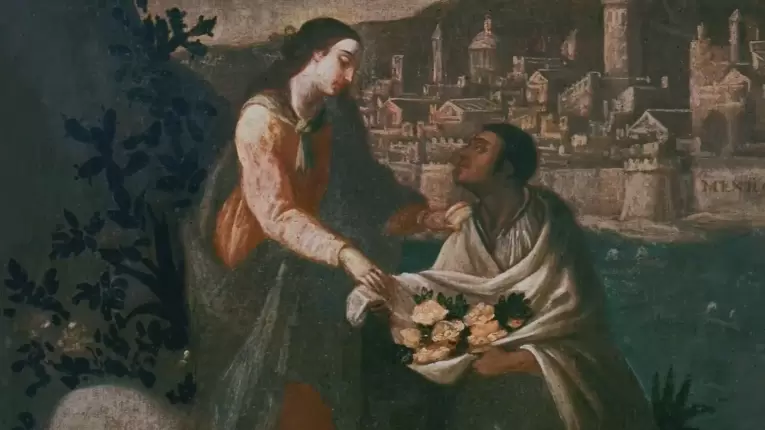
Engineer Jose Aste Tonsmann ventured an explanation for this second image in the Virgin’s eyes. He believes it is a message kept hidden until modern technology was able to discover it just when it is needed. “This could be the case of the picture of the family in the center of the Virgin’s eye,” the scientist said, “at a time when the family is under serious attack in our modern world.”
Source: Catholic Education Resource Center
Quick Learning
An ambitious reporter assigned to write an article on faith discovers the legend of Our Lady of Guadalupe who appeared to a humble villager and performed miracles over 500 years ago. The reporter’s faith is tested when his wife is injured in a car accident and his personal journey takes him from cynic to true believer as he witnesses the power of divine miracles in his own life.
Garabandal- OUR LADY’S VOICE was RECORDED!
In August 1961 Our Lady’s voice was recorded at GARABANDAL, during the days of the apparitions. How can this event be explained? We can no longer hear the voice today, but 10 people signed a document testifying that they heard HER voice and the CHILDREN visionaries agreed…. it was the voice of the BLESSED MOTHER.
wisdom was hidden in things from the foundation of the world
Become Part of Catholic Principle to Further Your Knowledge.


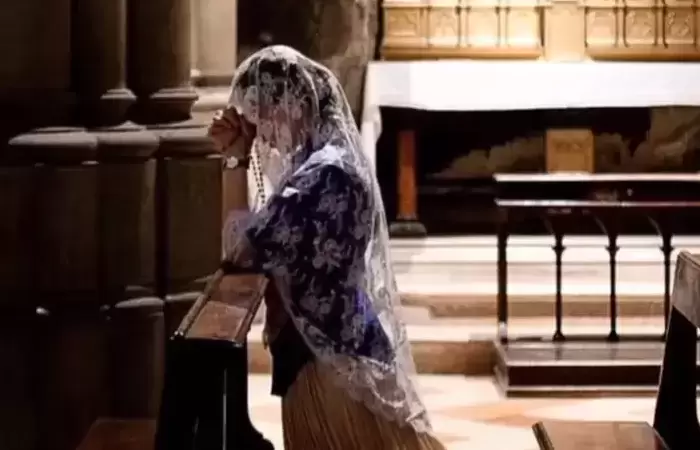

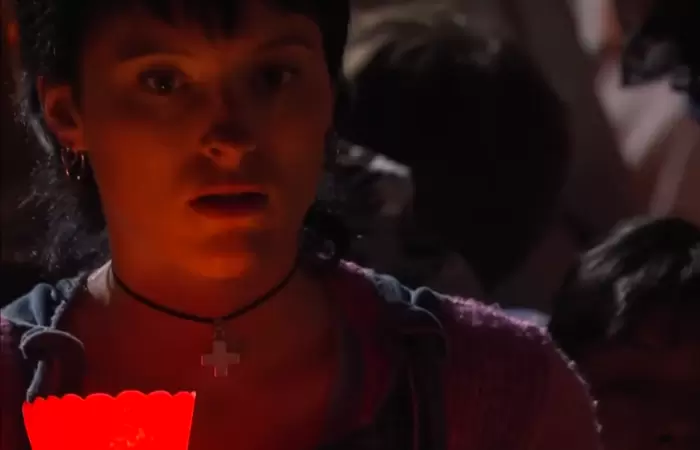
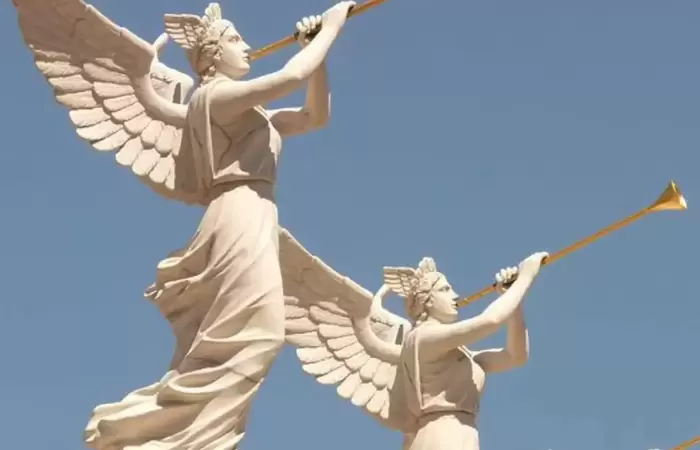


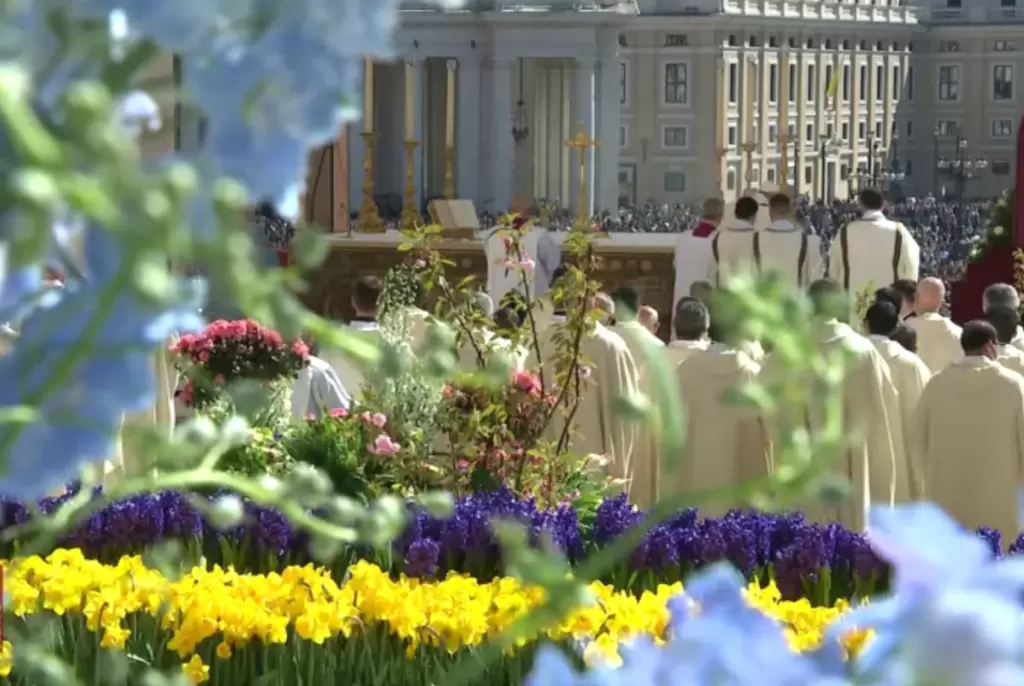
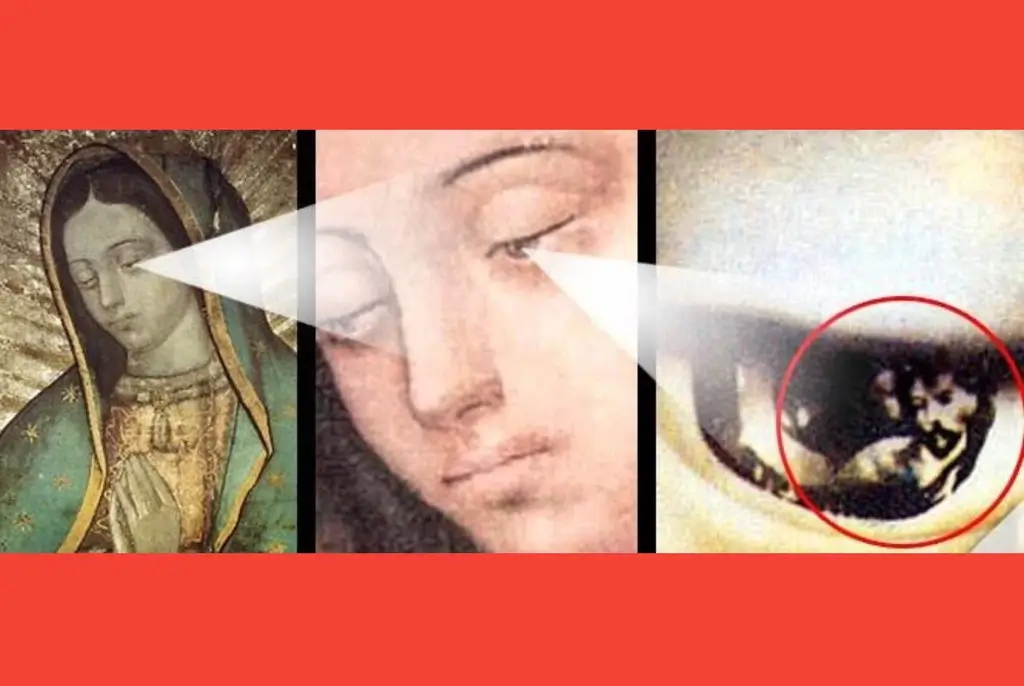





Leave A Comment